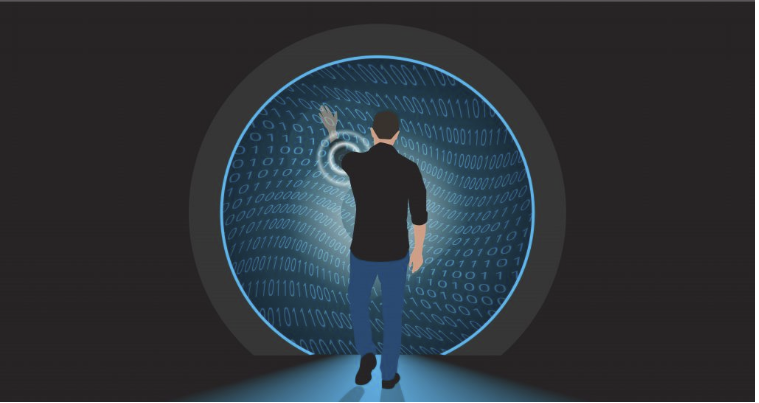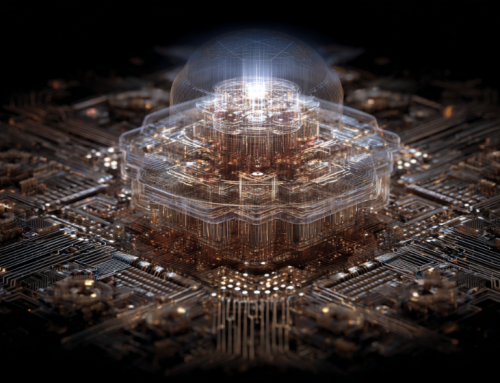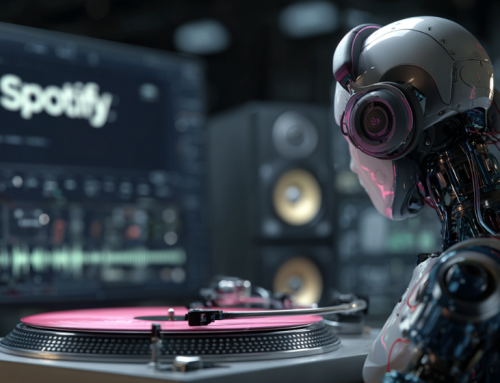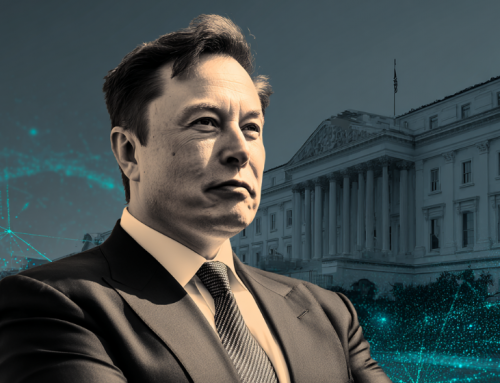As I mentioned in a previous column, writing a letter long hand, on real paper with real pen and ink is a satisfying way to communicate. A digital email or text may say exactly the same thing, but it’s not as personal. It will more likely be a completely different experience for the recipient. It’s the human connection that makes the message meaningful, or as Marshall McLuhan put it, “the medium is the message.”
It’s the same with other forms of person-to-person communication. For example, a recorded video message differs from a cartoon or CGI video of the same person saying the same thing. After hearing the cartoon video, the listener will come away with a totally different perspective on what was said and its meaning. Not drastically different in every case, but a human face delivers a more believable message than a cartoon character. It is the human connection once again that makes an impact.
When designers create autonomous vehicles, they could design a simple capsule with a couple of comfortable seats, USB ports, an onboard computer and call it a day. However, it must have the human connection as well. It must fit the human range of motion, and be comfortable for a human to sit in for hours at a time. It must allow humans to have a field of vision. It would be cheaper and more practical to just create a windowless egg on wheels. However, humans will use AI cars, so they seek the best possible transportation experience.
It is the human connection that will be a safeguard for the human race when AI comes of age. To get along with humans, a computer must be friendly, too. The computer must react to human requests and orders. I expect that government will set rules for robots to keep from taking over and wiping us out. That’s what sci-fi icon Issac Asimov, put in place in his science fiction short stories to keep his robots from taking over in one of his novels. Asimov stated, in his Three Laws of Robotics:
“A robot may not injure a human being or, through inaction, allow a human being to come to harm. A robot must obey orders given it by human beings except where such orders would conflict with the FirstLaw. A robot must protect its own existence as long as such protection does not conflict with the First or Second Law.”
Basically, no matter how much faster, stronger, smarter and immortal like our inventions may become, they must still be made to meet the needs of the human being. Not the other way around.
Robots, algorithms and neural networks operate from a black or white perspective of our world, but the deeper we go into AI, the more gray area becomes evident, like emotions. Gray areas tend to be emotion-driven things computers don’t yet understand.
Human emotions often demand human actions, and emotions are still difficult to program into computers. We require a fail-safe switch tied to human emotions.
Computers will never feel the warmth of a good night kiss, become excited and cheer on a football team or experience the horror of a cancer diagnosis. Health issues make us frail beings. Yet, if we integrate the human connection, emotions and creativity in AI will be our saving grace.








Leave A Comment